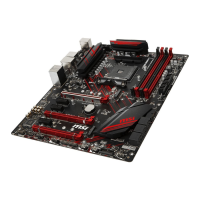
Do you have a question about the MSI X470 GAMING PLUS and is the answer not in the manual?
| Brand | MSI |
|---|---|
| Model | X470 GAMING PLUS |
| Category | Motherboard |
| Language | English |
Lists essential tools and components for PC assembly.
Processor compatibility and socket type.
Chipset model and features.
DDR4 slot count, max capacity, and supported types.
PCIe slot types, configurations, and limitations.
Display outputs and maximum resolutions supported.
CrossFire support for different processor types.
Network controller details.
SATA and M.2 slot specifications.
RAID support for SATA storage devices.
USB port types and counts.
Audio codec and features.
List of connectors on the rear I/O panel.
List of connectors on the motherboard.
Integrated I/O controller chip.
Monitoring of system temperatures and fan speeds.
Physical dimensions of the motherboard.
BIOS flash size, version, and language support.
List of supported MSI software and utilities.
Key features like Audio Boost, DDR4 Boost, VR Ready, etc.
Status indicators for the LAN port.
Diagram showing audio jack assignments and channels.
Location and type of CPU socket.
Memory slot locations and labels.
Identification of PCIe slots and their configurations.
Identification of M.2 slots and their specifications.
Identification of SATA connectors and their speed.
Location of the parallel port connector.
Identification of motherboard power connectors.
Identification of USB 2.0 headers.
Identification of USB 3.1 Gen1 headers.
Identification of fan connectors.
Identification of the front panel audio header.
Identification of the chassis intrusion connector.
Identification of front panel connectors for power/reset.
Identification of the TPM module connector.
Identification of the serial port connector.
Identification of RGB LED headers.
Identification of the Clear CMOS jumper.
Steps and function keys to access BIOS setup menu.
Methods to restore BIOS to default and update procedures.
Displays system date, time, SATA devices, and general system info.
Settings for PCI subsystem configuration.
Settings for onboard peripherals like LAN, HDD, USB, audio.
Sets operation mode for SATA controller and USB functions.
Sets ErP Ready and AC Power Loss behaviors.
Configures Windows OS, Secure Boot, and wake-up events.
Sets boot sequence, wake-up by device, and secure erase.
Sets administrator and user passwords for BIOS security.
Manages TPM functionality and chassis intrusion detection.
Selects between Normal and Expert modes for OC settings.
Sets CPU ratio and enables/disables Core Performance Boost.
Sets core count and enables A-XMP for memory overclocking.
Sets the DRAM frequency.
Sets memory timings for each memory channel.
Controls digital powers related to CPU PWM.
Sets voltage limits for CPU over/under-voltage protection.
Manages CPU VRM, NB voltage, and over-current protection.
Allows manual adjustment of CPU and memory voltages.
Displays installed CPU specs, technology, and features.
Step-by-step guide for installing Windows 10.
Steps to install motherboard drivers from the disc.
Steps to install motherboard utilities from the disc.
Controls CPU fan speed via Smart or Manual mode.
Control panel for adjusting CPU voltage.
Adjusts DRAM frequency and voltage.
Adjusts IGP ratio and GT voltage.
Accesses advanced voltage, fan, and DRAM settings.
Accesses record, warning, and mobile control features.
Monitors system status using customizable gadgets.
Specifies information displayed on the on-screen display (OSD).
Optimizes display by reducing blue-light.
Connects other computers to the Mystic Light Party group.
Steps to install or update Nahimic 2.5 audio driver.
Accesses audio effects, profiles, and settings in Nahimic.
Guide to configuring RAID using the BIOS utility.
Configures options for the RAID controller's boot sequence.
Enables boot support for RAID arrays.
Configures boot sequence pausing for critical/offline warnings.
Steps to diagnose and fix power-on issues.
Steps to diagnose and fix no-signal issues.
Solutions for boot failures after BIOS updates.
Method to reset a lost BIOS password.
Steps to diagnose and fix audio output issues.
Steps to diagnose and fix network connectivity issues.
Steps to diagnose and fix USB device issues.
Statement regarding compliance with FCC rules for digital devices.
Compliance with relevant EU directives for CE marking.
Compliance statement for C-Tick certification.
Guidelines for battery disposal and recycling.
Information on chemical substances in products per REACH.
MSI's policy on product reuse, recycling, and disposal.
Statement regarding WEEE directive for electrical equipment.
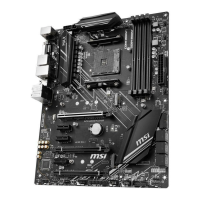
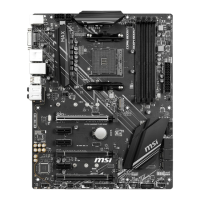

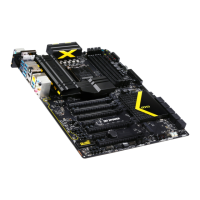
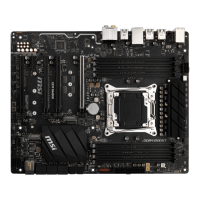
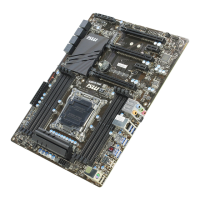
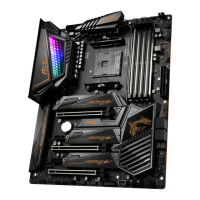
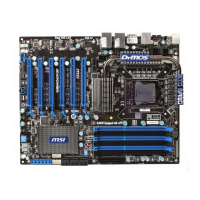

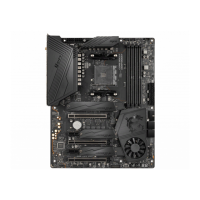
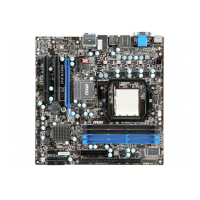
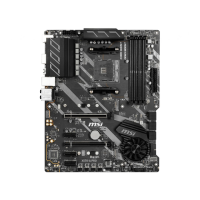
